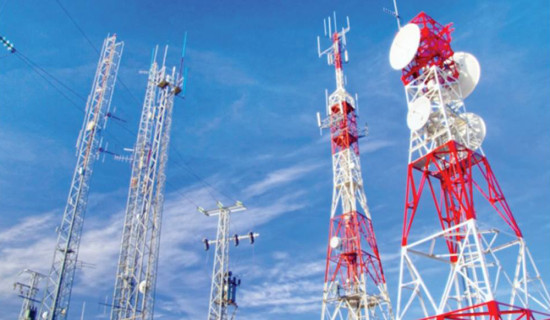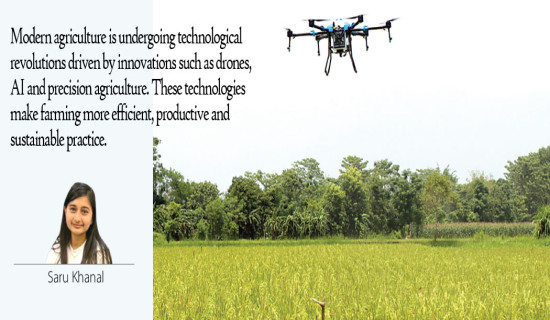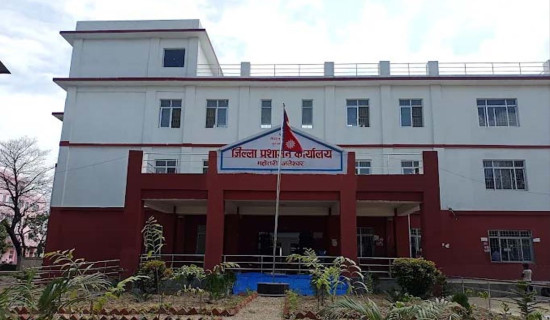- Friday, 14 November 2025
Decisions On The Ballots
Nepali people Sunday cast their ballots in a landmark elections held for the House of Representatives (HoR) and Provincial Assemblies. The polls were largely peaceful barring a few sporadic cases of disruptions. Chief Election Commissioner Dinesh Kumar Thapaliya said that the voters’ turnout stood at around 61 per cent as per the preliminary reports. Altogether 17,988,570 persons were eligible to cast their votes in the two-tier polls. The voting started at 7 am in all 77 districts across the nation and continued till 5 pm. Voters had thronged the polling booths in the early morning. This time the Election Commission (EC) arranged four separate ballot papers and installed four ballot boxes for first-past-the-post (FPTP) and proportional representation candidates. It took about two minutes for the voters to cast their ballots, on average. Although they had to cast ballot papers in four separate boxes, the voting has completed within the scheduled time.
The poll authority has made all necessary arrangements to start counting votes immediately after the conclusion of the voting. The EC has provided special facilities to the election officers involved in the vote counting so that the counting is systematically managed without delay. A total of 2,412 candidates were in the fray under the FPTP system and names of 2,199 candidates are in the final closed list under proportional representatives (PR) system for the HoR. Similarly, as many as 3,224 candidates are vying for the assembly member under the FPTP category, with 3,708 included in the closed list of PR system. With the election of the members of federal and provincial legislatures, the country will brace for the election of the President and Vice President of the country. The members of HoR and provinces constitute the electoral college and vote to pick the new Head of the State.
With this, the country will complete the election cycle vital for the institutionalisation of the federal republic adopted through the promulgation of the Constitution of Nepal, 2015. This is the second general and provincial elections held following the promulgation of the new constitution that has declared Nepal as federal, secular and republican state, with many social welfare provisions. The elections have further enhanced the credibility of the statute and consolidated the federal system based on the principle of devolution of powers and rights. Considered as the soul of democracy, the periodic elections have added vigour to the democratic republican system. As the fresh faces join the legislatures at federal and provincial levels, the political system is not only energised but also earns greater trust from the public.
Nonetheless, there are disgruntled groups that are showing their disagreement to the electoral process. They should discard the violent tactics and join the political mainstream and exercise their rights enshrined in the constitution to express their grievances whatsoever. In last May, the local elections were successfully conducted. The new federal parliament is expected to give momentum to the unfinished works of framing laws essential to restructuring the state in line with the national charter. The new governments to be formed in the centre and provinces are required to coordinate, collaborate and cooperate with each other in judiciously executing the rights and responsibilities among the three-tier governments in order to implement the federal system. Moreover, the new administration to be formed after the elections has the onus to lead the nation on the path of stability, good governance and prosperity because the people have pinned hope on the new government leadership.

.jpg)















